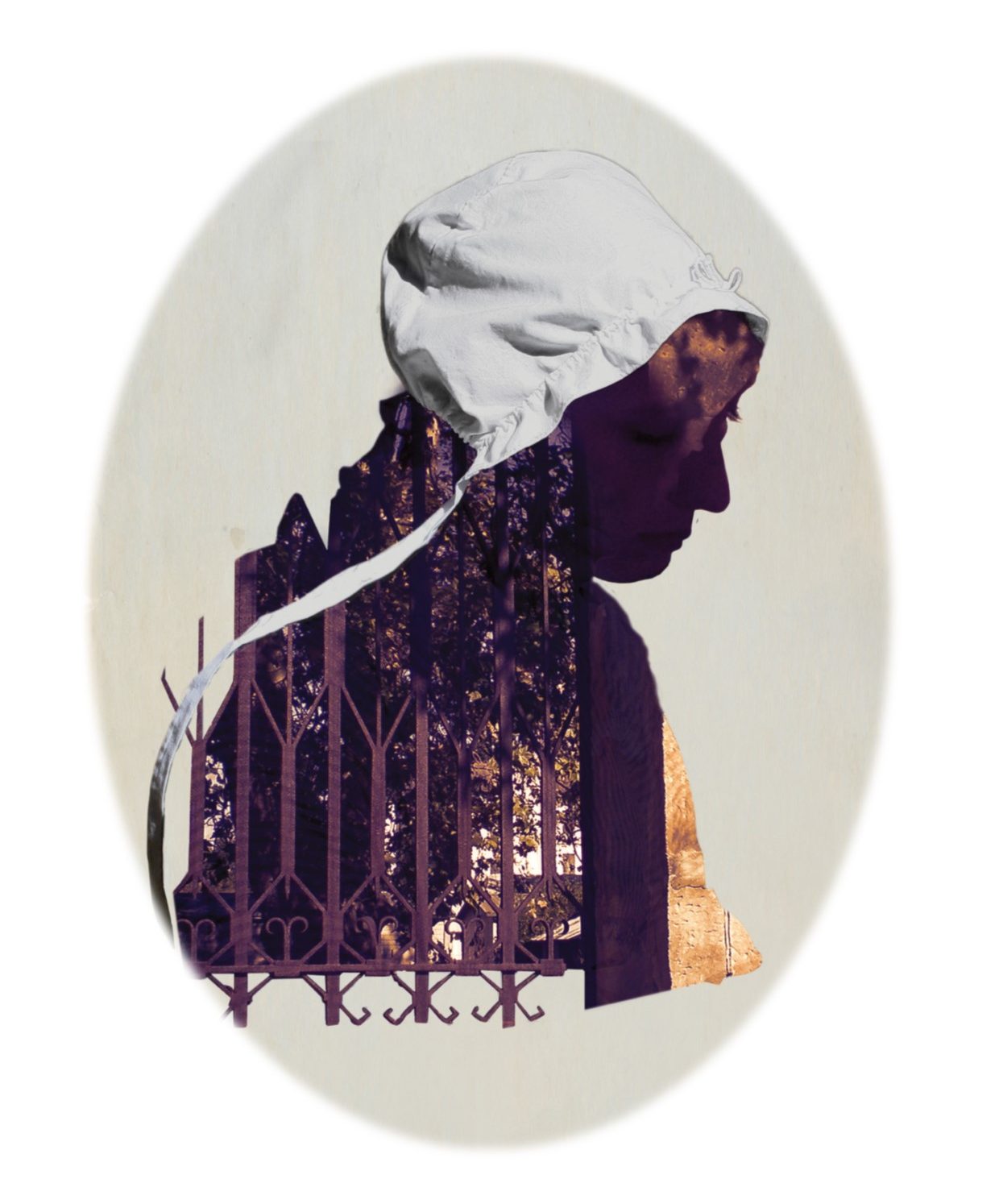
There were 24,960 convict women were transported by ship. Of these an estimated 9,000 went through the Colonial factory system and 5,000 through Parramatta.
So what was a convict female factory woman?
A convict female factory woman was a convict women who, for various reasons, spent time in a convict female factory. This may have been because they were not assigned at the docks on arrival or it may be because they committed a secondary offence in the Colony.
Governor Hunter described the convict women as the: … disgrace of their sex, are far worse than the men, and are generally found at the bottom of every infamous transaction committed in the colony[i]
Later Samuel Marsden noted the factory as a grand source of moral corruption, insubordination and disease, and spreads its pestilential influence through the most remote part of the colony[ii] and the activities of the women as: …destructive of all religion, morality and good order[iii]
This intolerance of the factory women was not confined to the powerful middle class men. Mrs Charles Meredith said: Their inherent propensities to do evil, every shape of vice and depravity seeming as familiar to them as the air they breathe…[iv]
In contrast to these views, Mary Lethbridge and Thomas Reid describe the women as essentially good. Mary Lethbridge wrote to her mother Anna Josepha King about factory women in her household;
I have a very nice nurse for him [her son], from the Factory, indeed I have been lucky in the three women, they go on very steady, they are all Irish.[v]
Thomas Reid, while Surgeon on the ship Morley, saysof the convict women who are destined for the Female Factories in Hobart Town and Parramatta:
I cannot hesitate but to declare my conviction, that if duly protected, and not exposed to more than common temptation, they will realize the most favourable expectations, and even forever set, an example of propriety to others in their situation.
121 women signed a letter of thanks to Reid for his humanitarian attitude on board the Morley.
The actual profiles of the women transported don’t match the common stereotype at the time, of morally degenerate, prostitutes, from a crime class, unskilled and illiterate.
92.1% had 2 or less convictions. This suggested that the majority were not of a crime class. They were mainly transported for theft – 91.2%. The remaining were breaking 2.5%, vagrancy 2.3% and violent crimes 1.8%.[vi] Theft was not mainly of food. But the theft was largely related to common opportunities and items that could easily be exchanged for money in order to survive.
Were they inherently lazy? The women brought over 180 trades with them, demonstrating their skills and industry.
Just over half of the English were literate and just under half of the Irish. There was little difference between convict women’s literacy and that of the general population.
These facts present quite a different picture to the descriptions of degenerate women with little chance of reform.
These women became the mothers, sisters, workers, teachers, businesswomen of the colonies and so much more. They were the hidden revolution of thought, ideas and actions that became a significant part of the Australian character we are familiar with today.
[i] Hunter to Portland, 3 July Historical Records of Australia, Series 1,Volume 4. p.586
[ii] Dixon, Miriam The Real Matilda –Women and Identity in Australia 1788 to the Present UNSW Press, Sydney, 1999, p.130
[iii] Marsden, Samuel Letter from Rev. Samuel Marsden to Governor Macquarie 19th July 1815
[iv] Meredith Mrsc C. Notes and Sketches of New South Wales During a Residence in that Colony from 1839 to1844, pp. 162-3
[v] Heney, Helen Dear Fanny- Women’s Letters to and from New South Wales, 1788-1857 Australian National University Press Rushcutters Bay, 1985, p.104
[vi] Oxley, Deborah Convict Maids – the Forced Migration of Women to Australia Cambridge University Press, Melbourne, 1996, p.3

You must be logged in to post a comment.